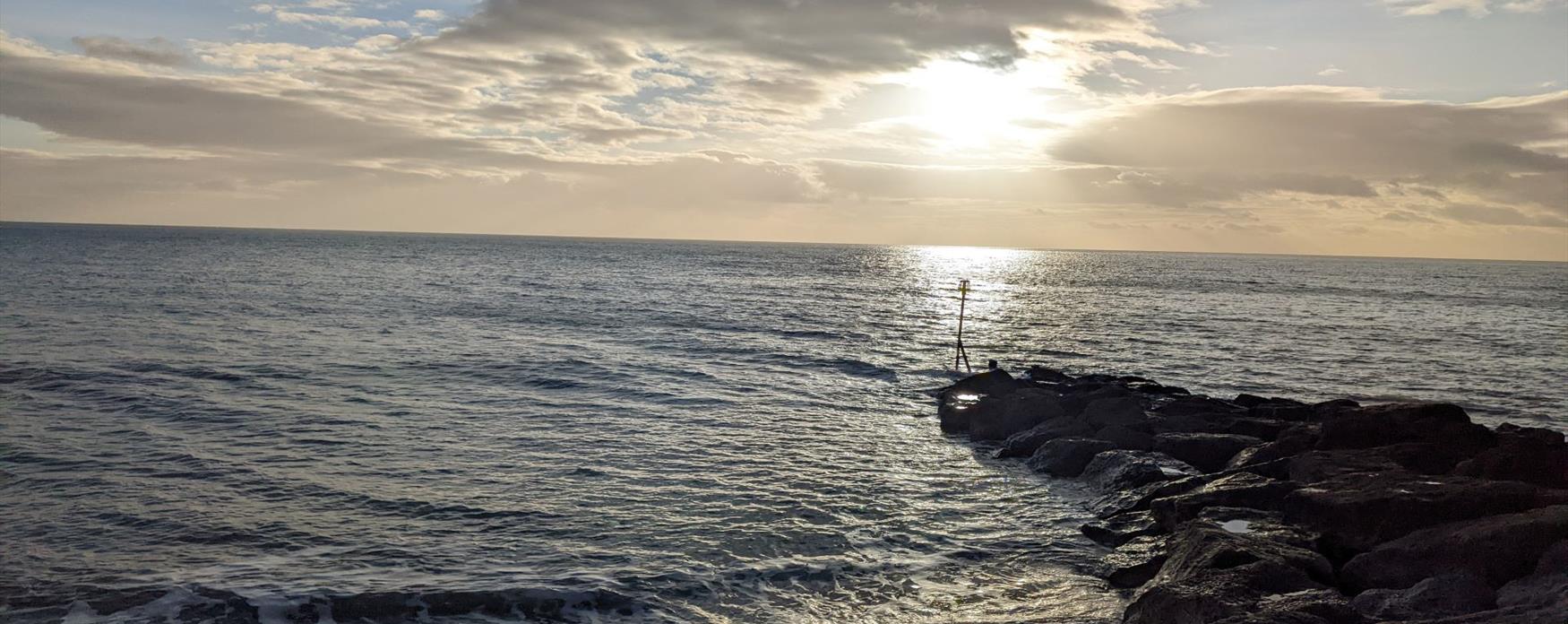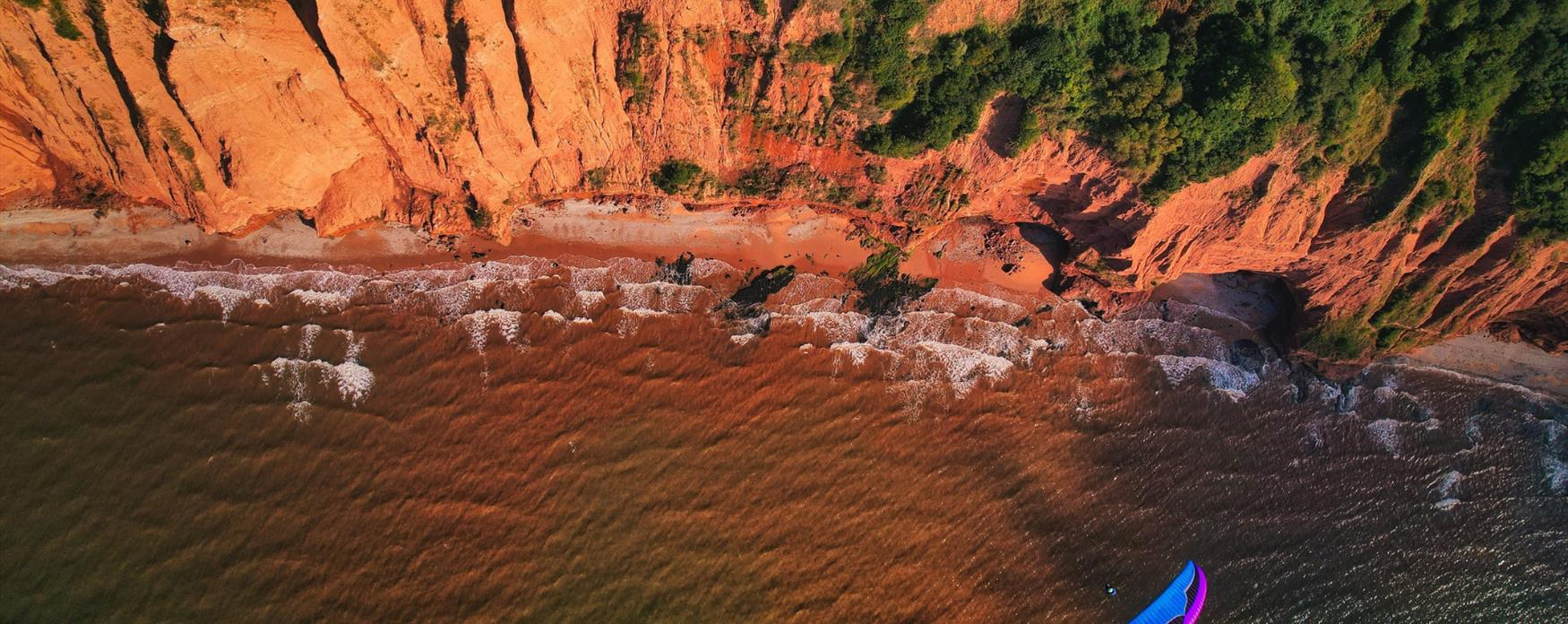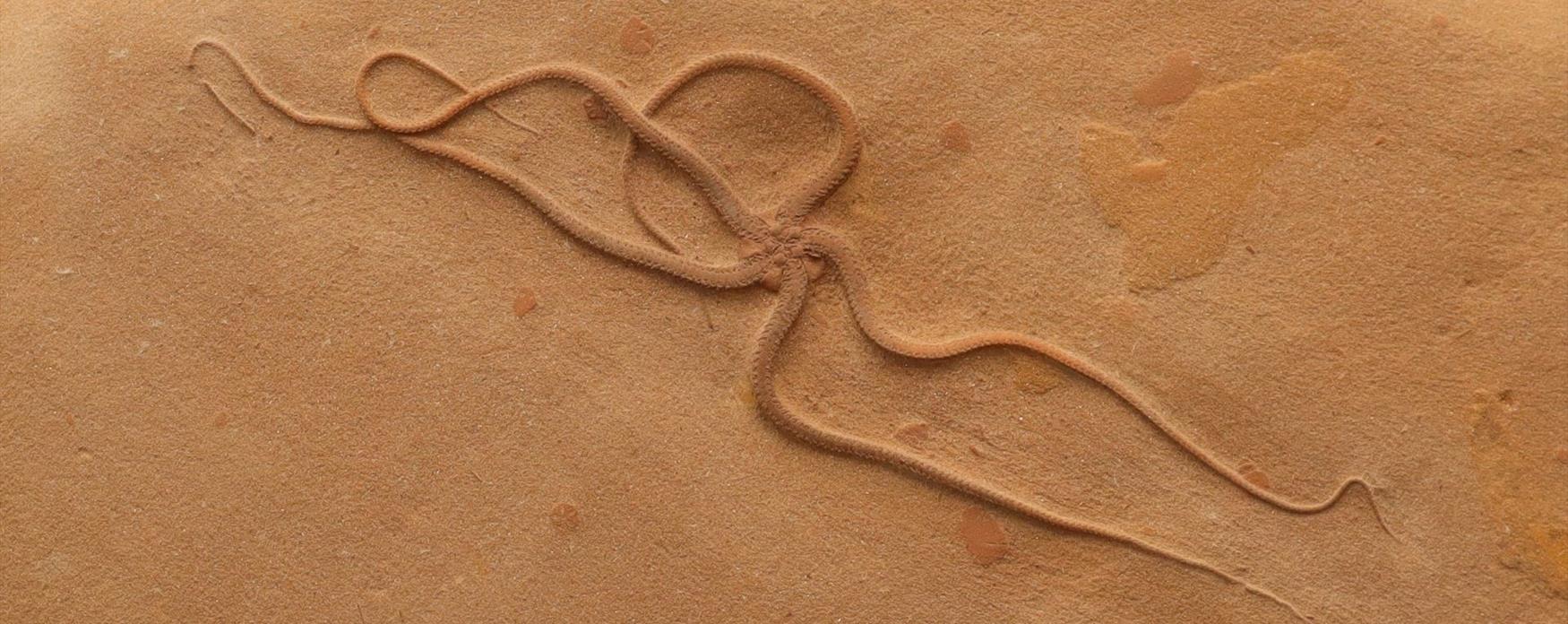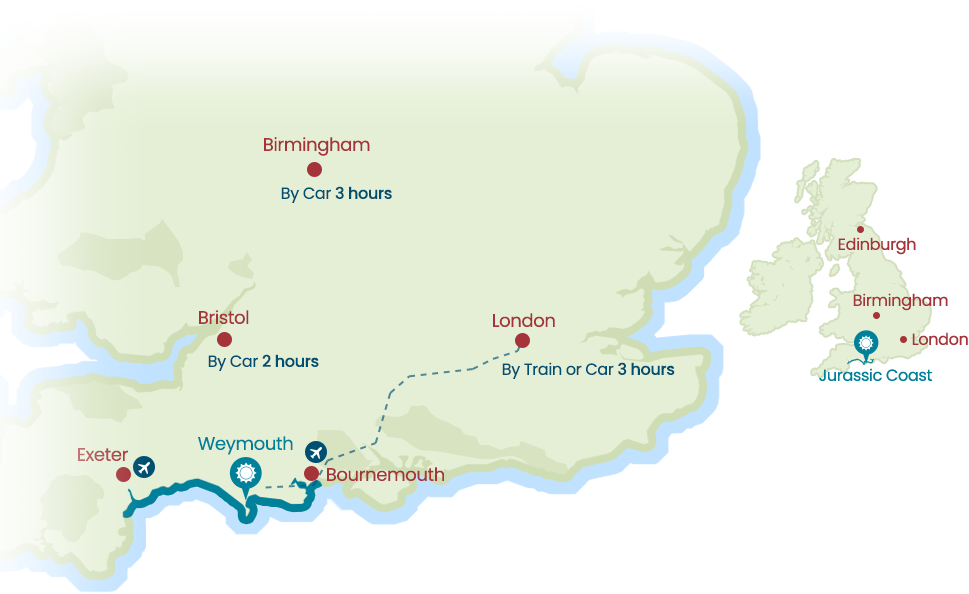Welcome to the Jurassic Coast - Science and Heritage
Welcome to England’s only Natural World Heritage Site
The Dorset and East Devon Coast World Heritage Site, known as ‘The Jurassic Coast’, is a hugely diverse and beautiful landscape underpinned by incredible geology of global importance. Its rocks and fossils record around 185 million years of history across the Triassic, Jurassic and Cretaceous Periods of geological time. It is an outstanding place to explore Earth’s history, the evolution of life and the natural processes that shape our world.
Taking in the dramatic open coast between Orcombe Point near Exmouth, Devon, and the southern edge of Studland Bay, Dorset, The Jurassic Coast was inscribed by UNESCO onto the World Heritage list in 2001. It remains England’s only natural World Heritage Site.
As an independent charity, the Jurassic Coast Trust co-ordinate the partnership of organisations and people that protect the irreplacable natural heritage of this special place.
Why do our rocks and fossils matter?
The geological heritage of the Jurassic Coast is so exceptional that it transcends national boundaries and is considered to be of common importance for present and future generations of all humanity.
Along this unique coastline, colourful, varied layers of rock offer us all a chance to gain a deeper understanding of the profound environmental changes that occur across millions of years of time. The fossils of strange and terrifying extinct creatures that tumble from its cliffs have the potential to change the way we see life on Earth. And out of rock falls, landslides, and storm-battered beaches we gain insights into the creation of the coastline itself.
Through World Heritage Status, The Jurassic Coast’s diverse geological exposures, awe inspiring natural processes and prehistoric fossil wonders are considered to possess Outstanding Universal Value.
Coupled with this outstanding Earth History is a rich local heritage and fascinating social history. The natural resources available here created the perfect place for early settlement and continues to provide a valuable resource for the communities of the Jurassic Coast.
Plan your visit to discover the Jurassic Coast for yourself.
So much to explore
The vast time span recorded by the geology of the Jurassic Coast is laid out like a book. Each part of the coastal landscape has a different part of the story to tell, and offers different opportunities for outdoor adventures. In the morning you can be rummaging on the beach for fossils washed from dark Jurassic clay and in the afternoon you could be striding Cretaceous chalk downs, peering across the white and red cliffs of East Devon on your way to explore the heart of an ancient landslide.
The World Heritage Sites 95-mile span includes the four geographic regions of East Devon, West Dorset, Weymouth & Portland and Purbeck – each containing their own iconic towns and villages, and distinctive natural landscapes.
Coastal towns and settlements like Exmouth, Sidmouth, Seaton, Lyme Regis, West Bay, Weymouth, Portland Port and Swanage; provide the perfect stepping off point to explore the Jurassic Coast and the stories it has to tell of Earth History and our place in it.
The formation of the Jurassic Coast
Discover More


 to add an item to your Itinerary basket.
to add an item to your Itinerary basket.











